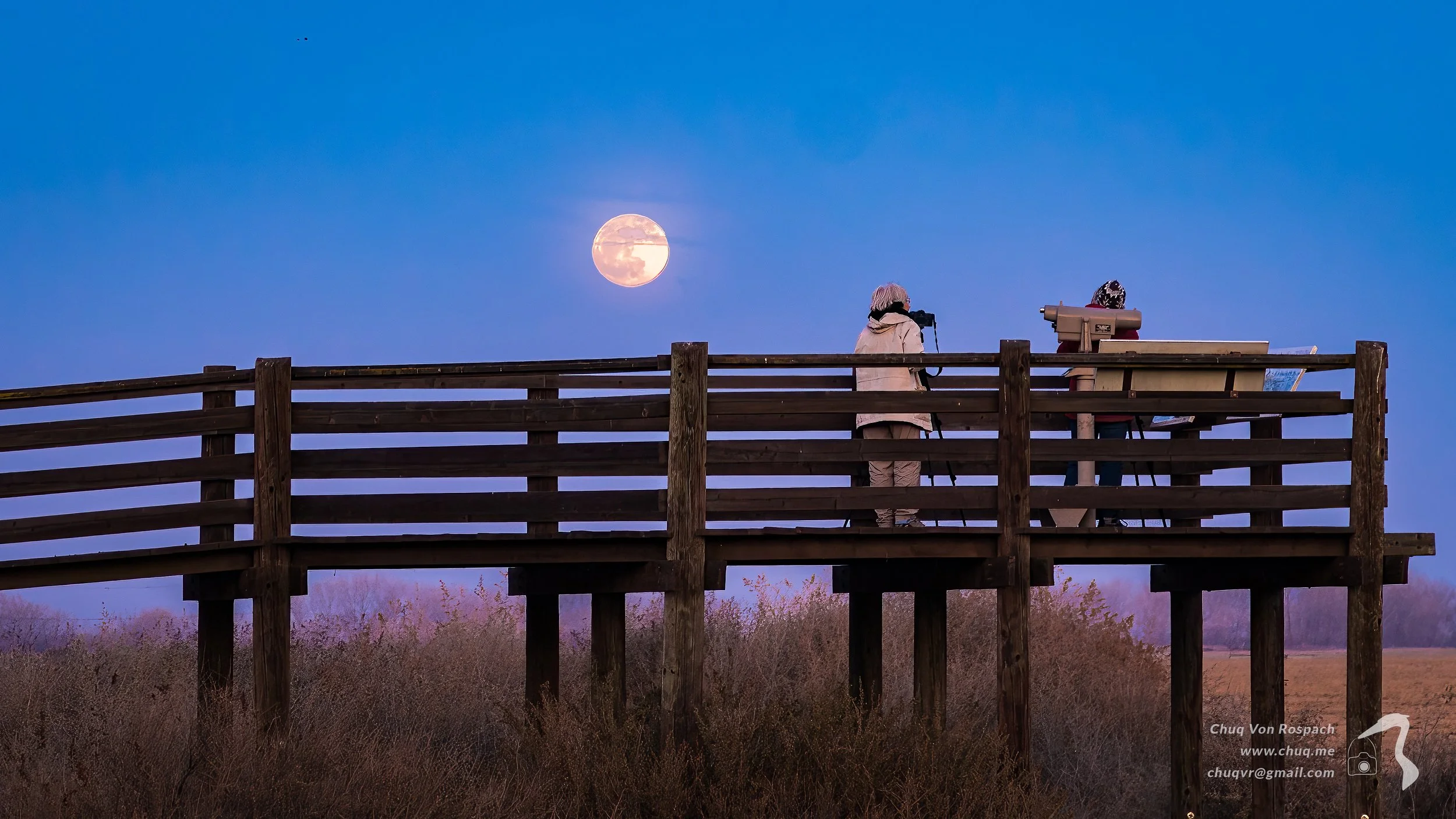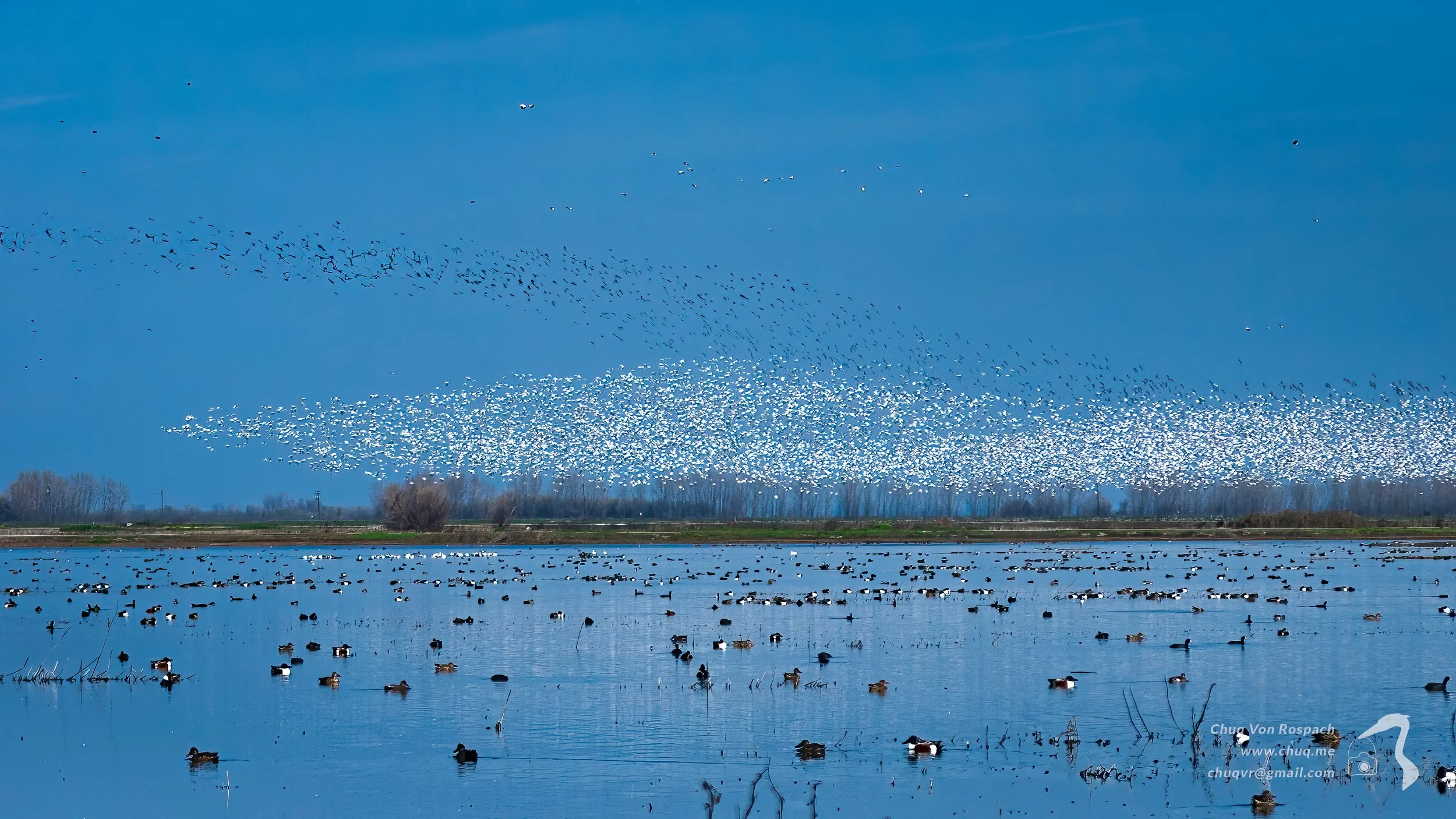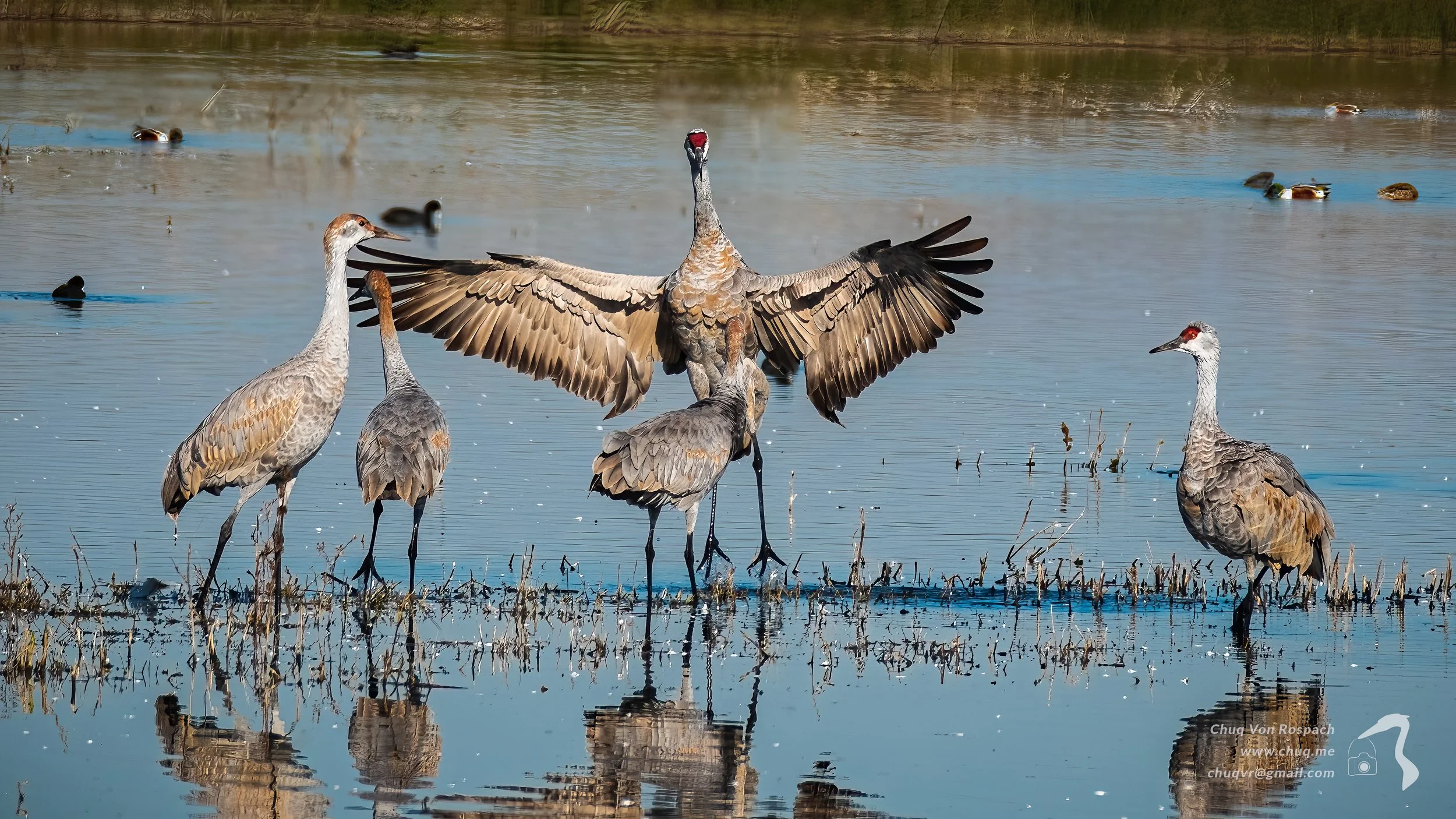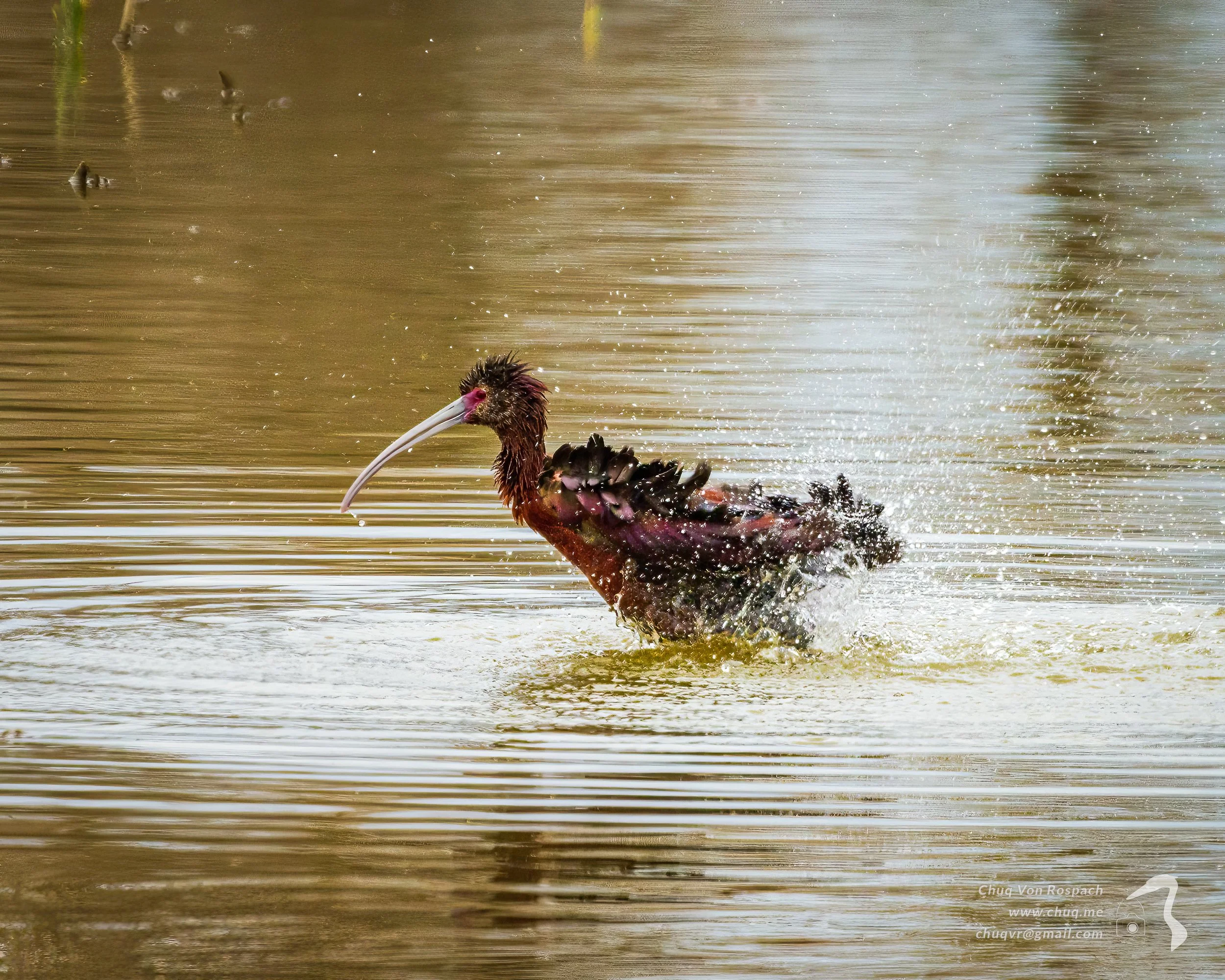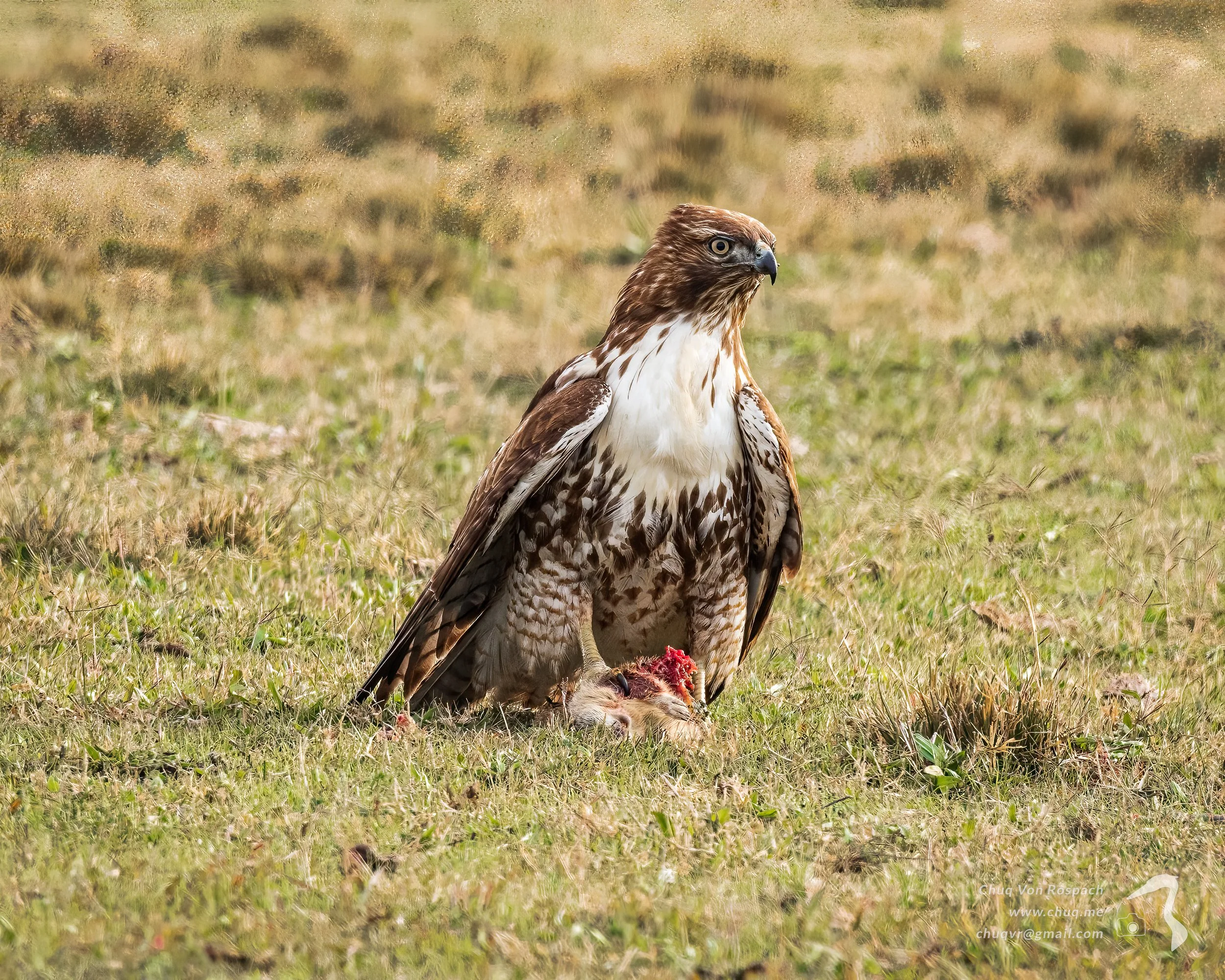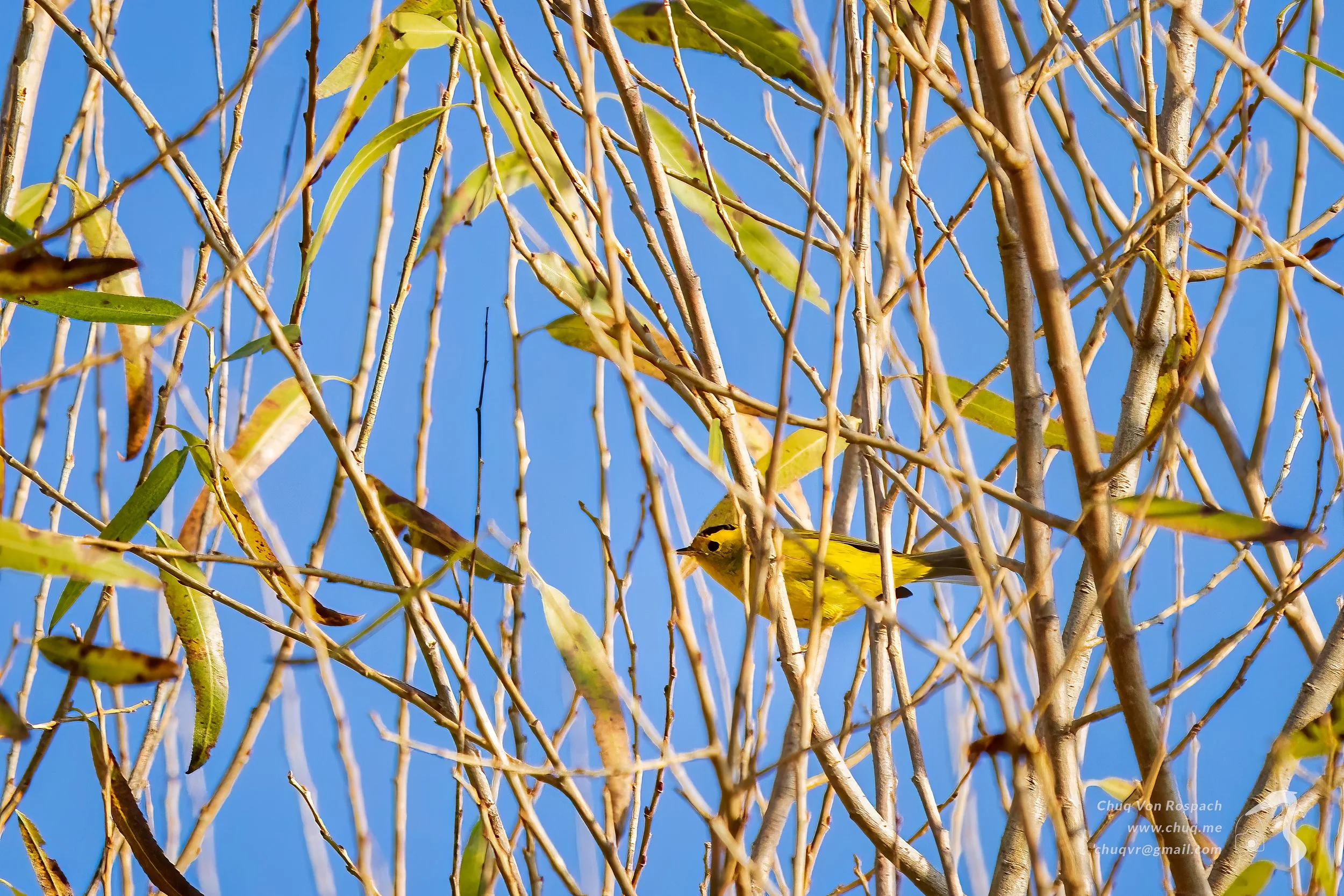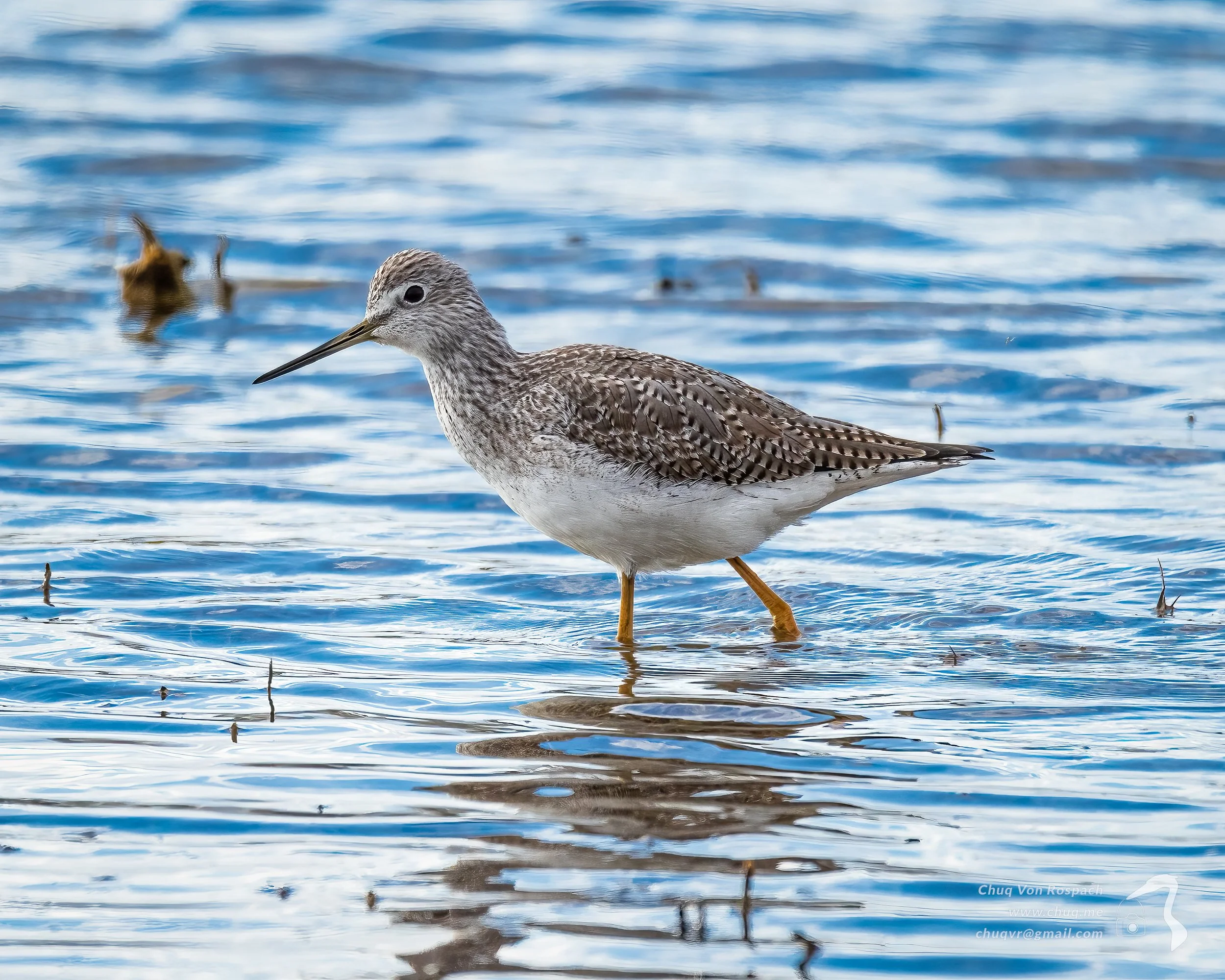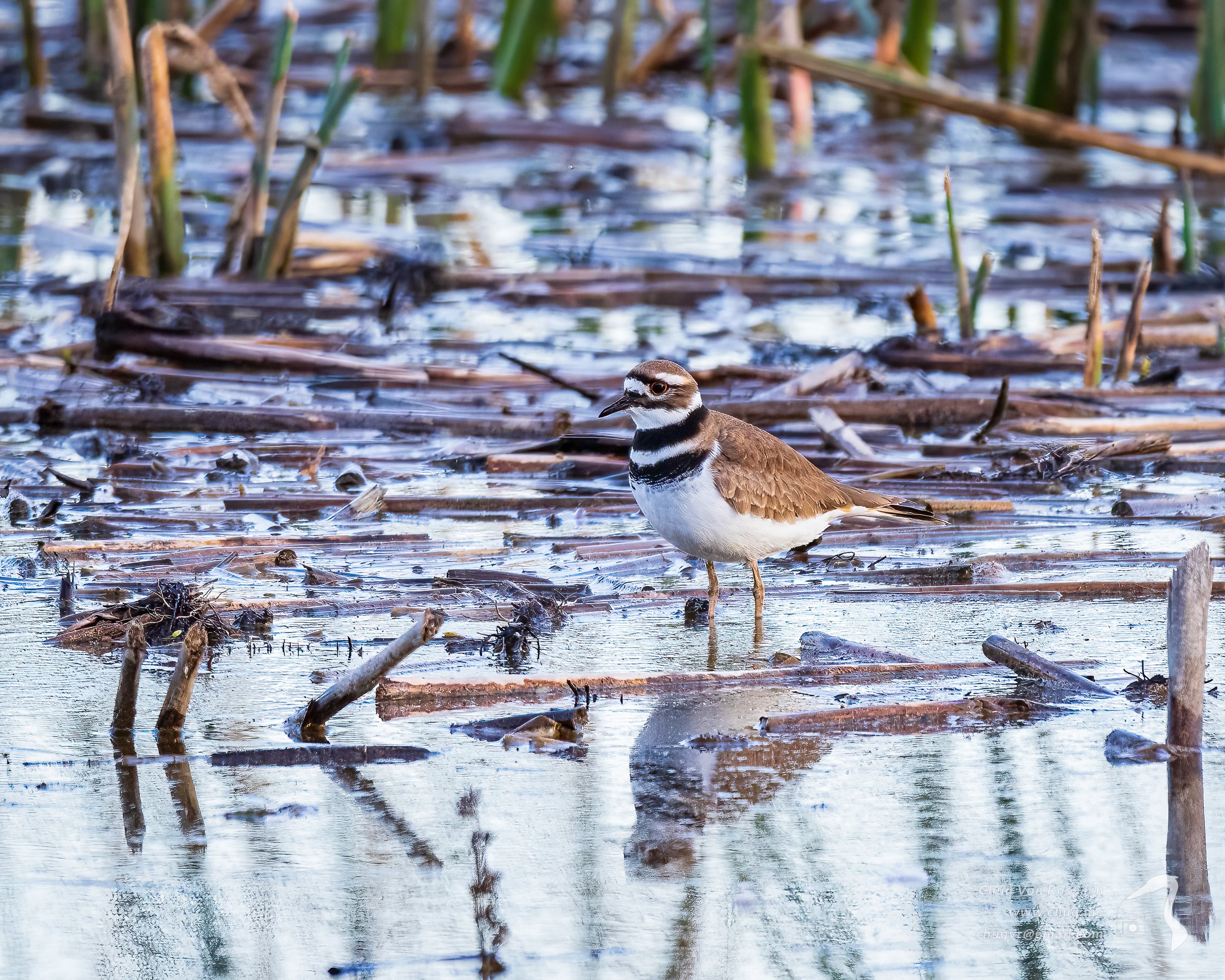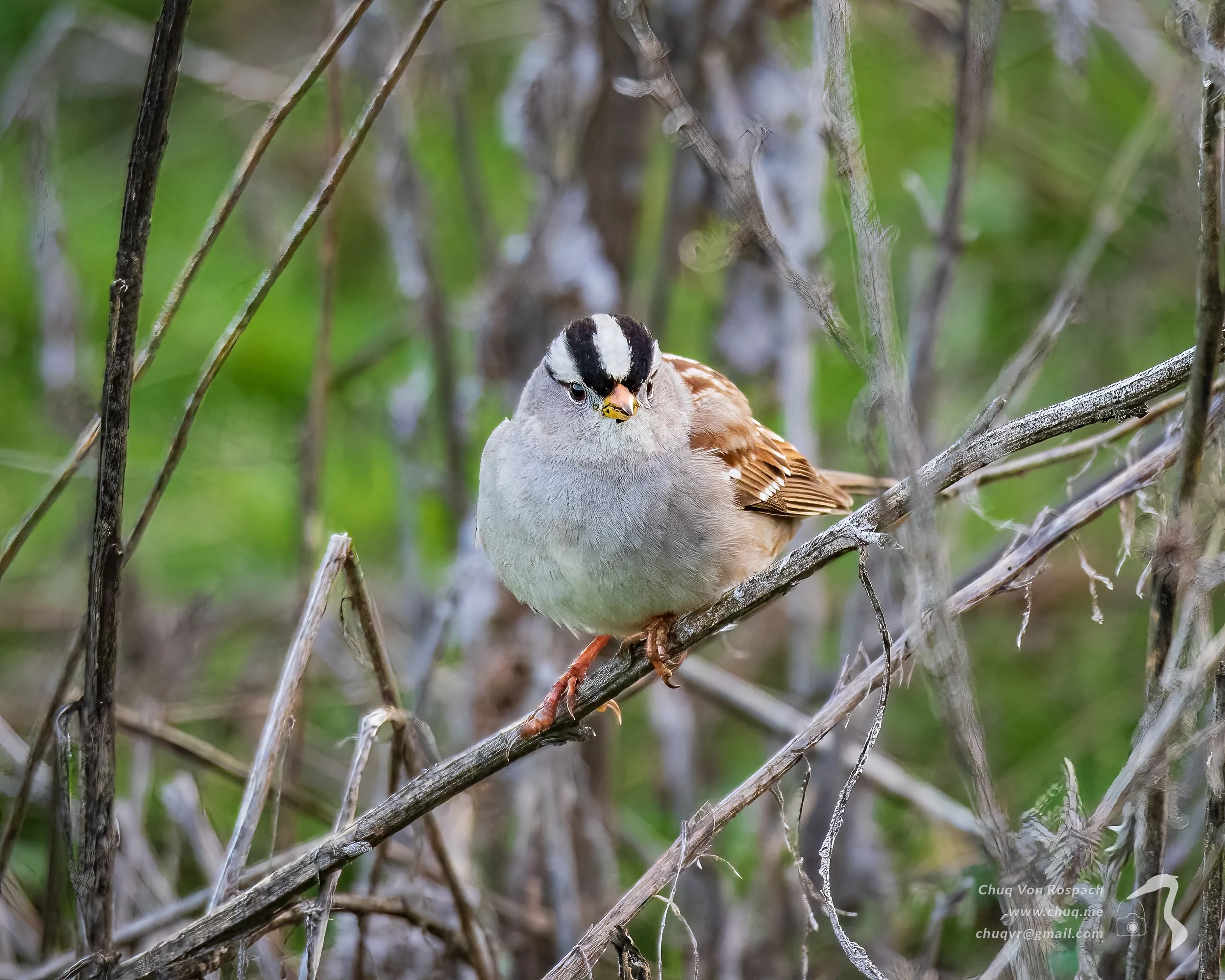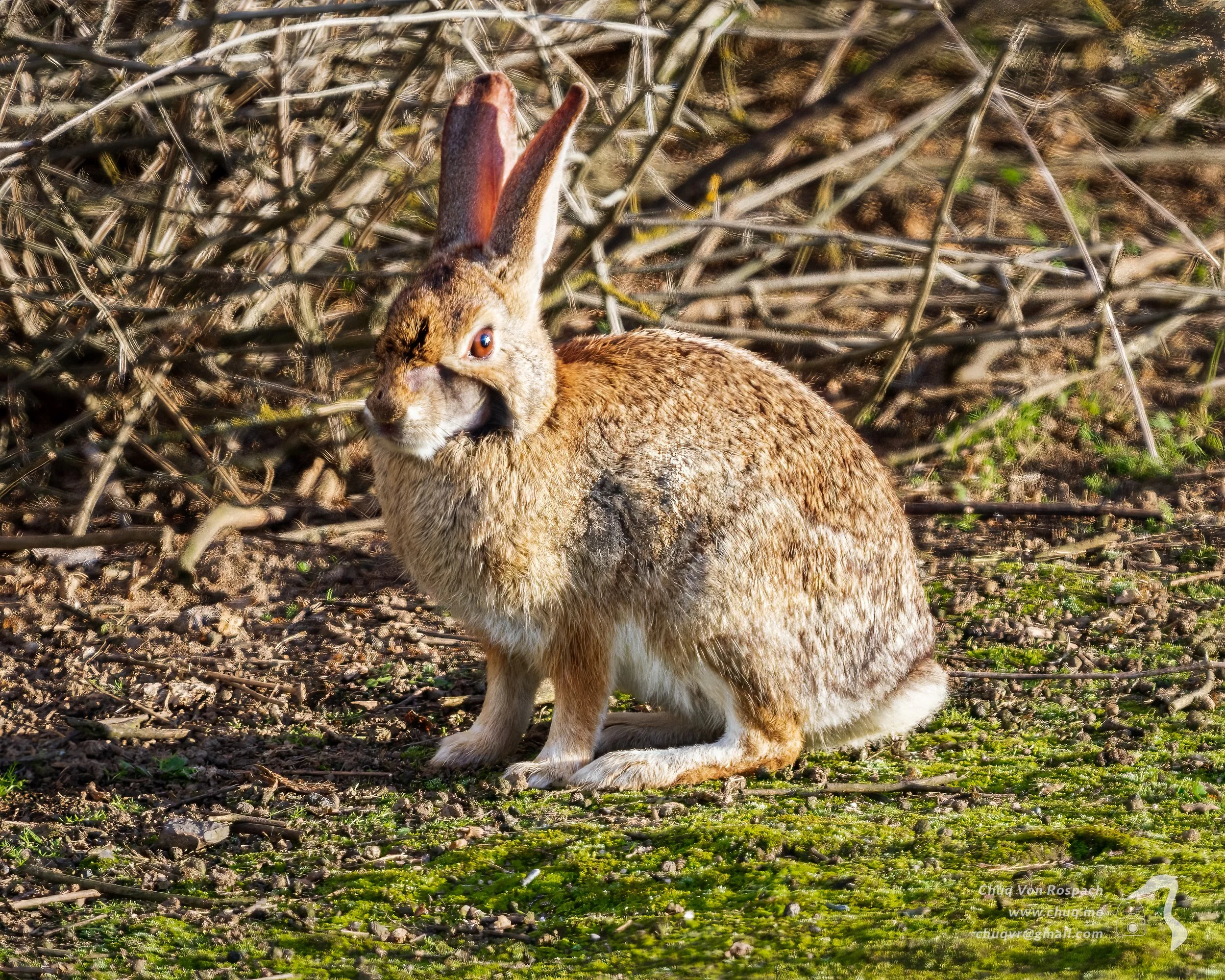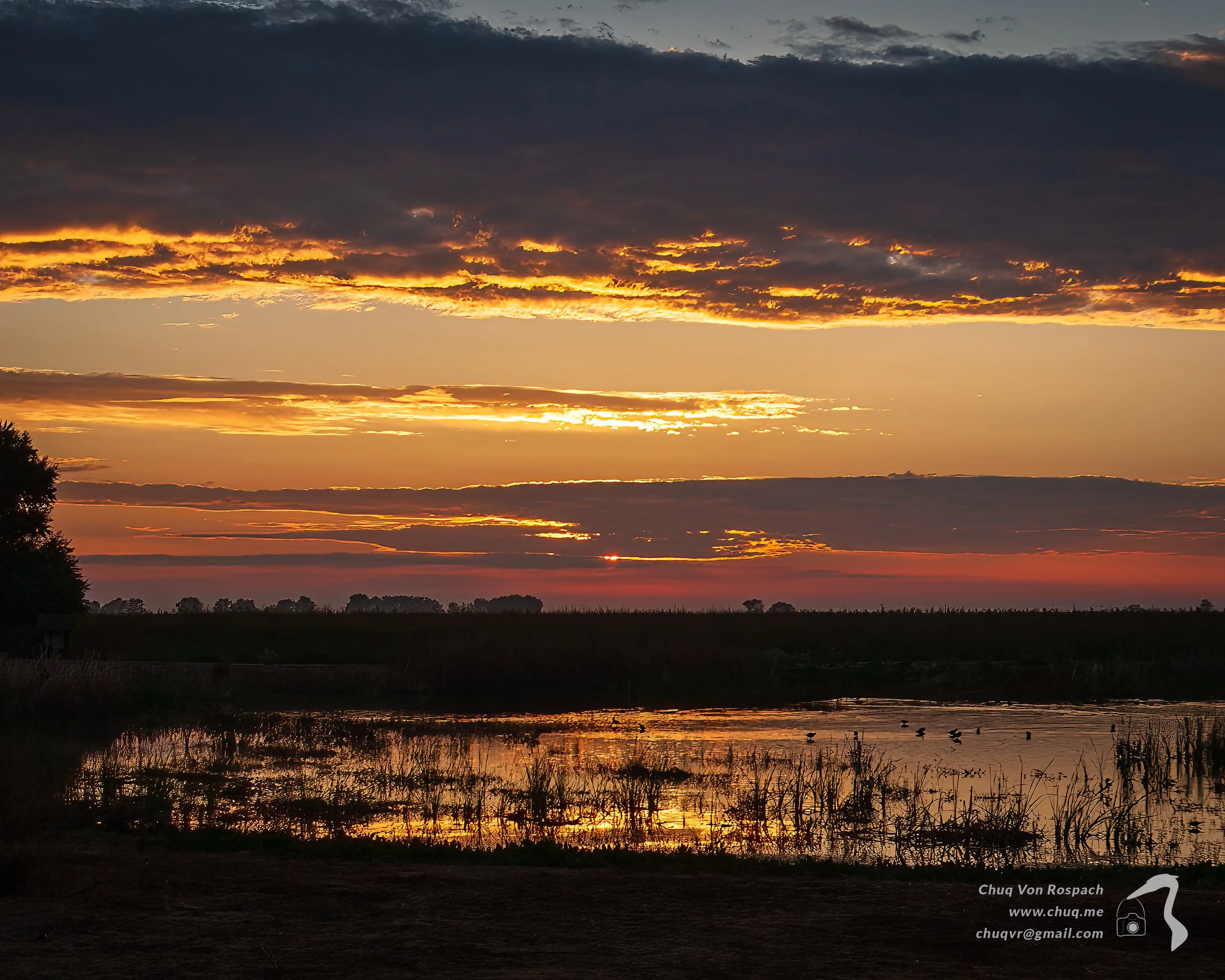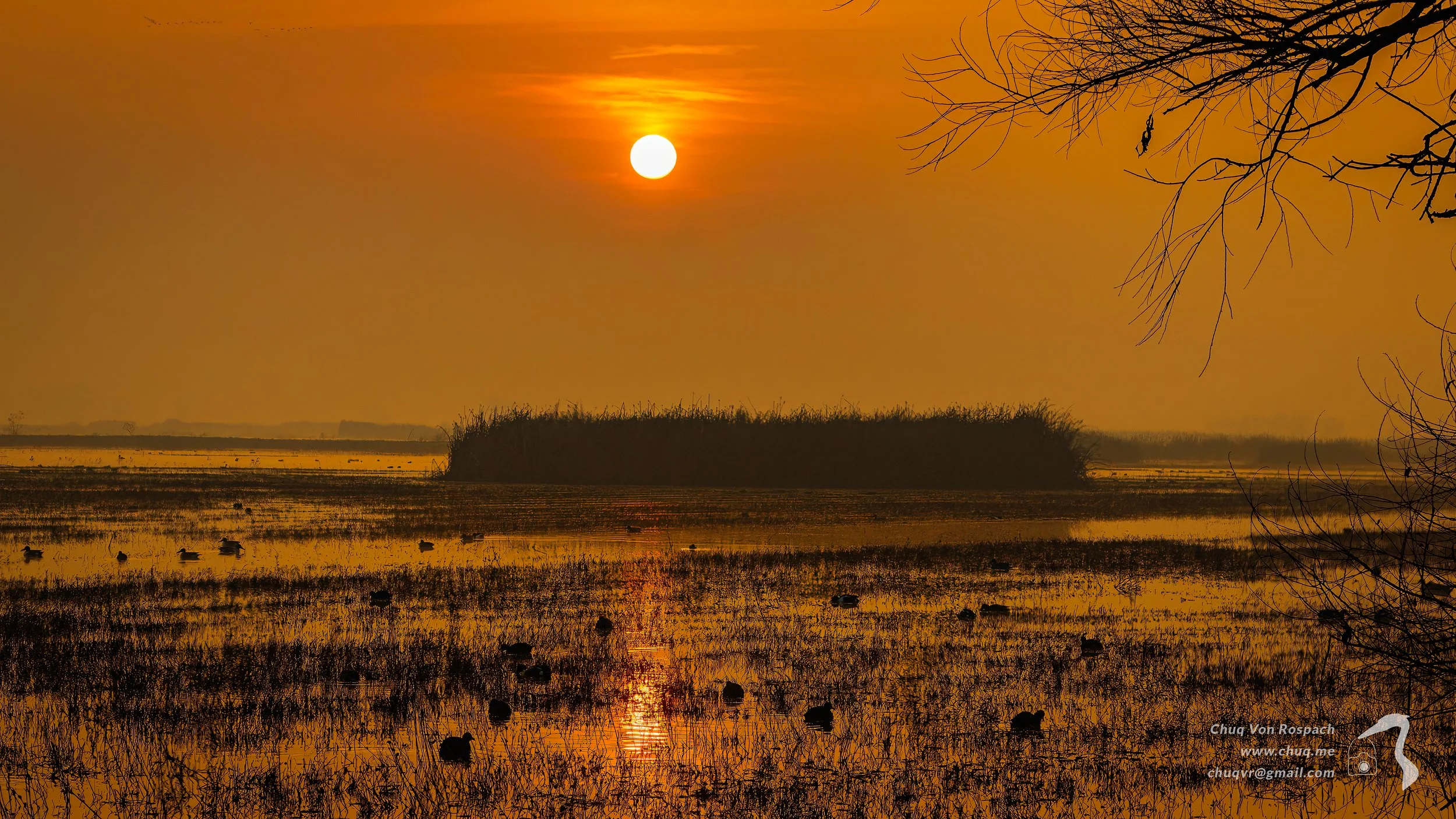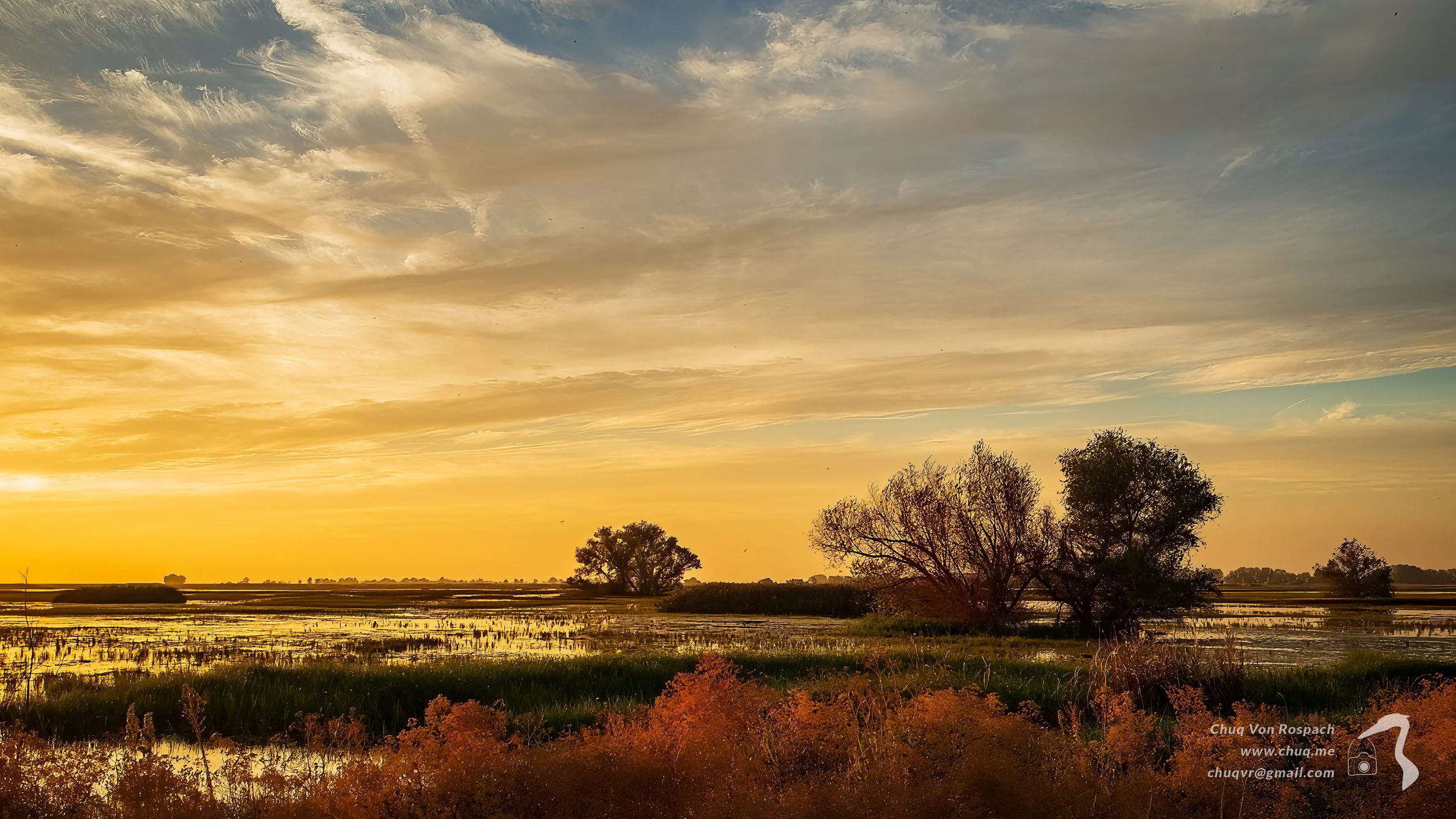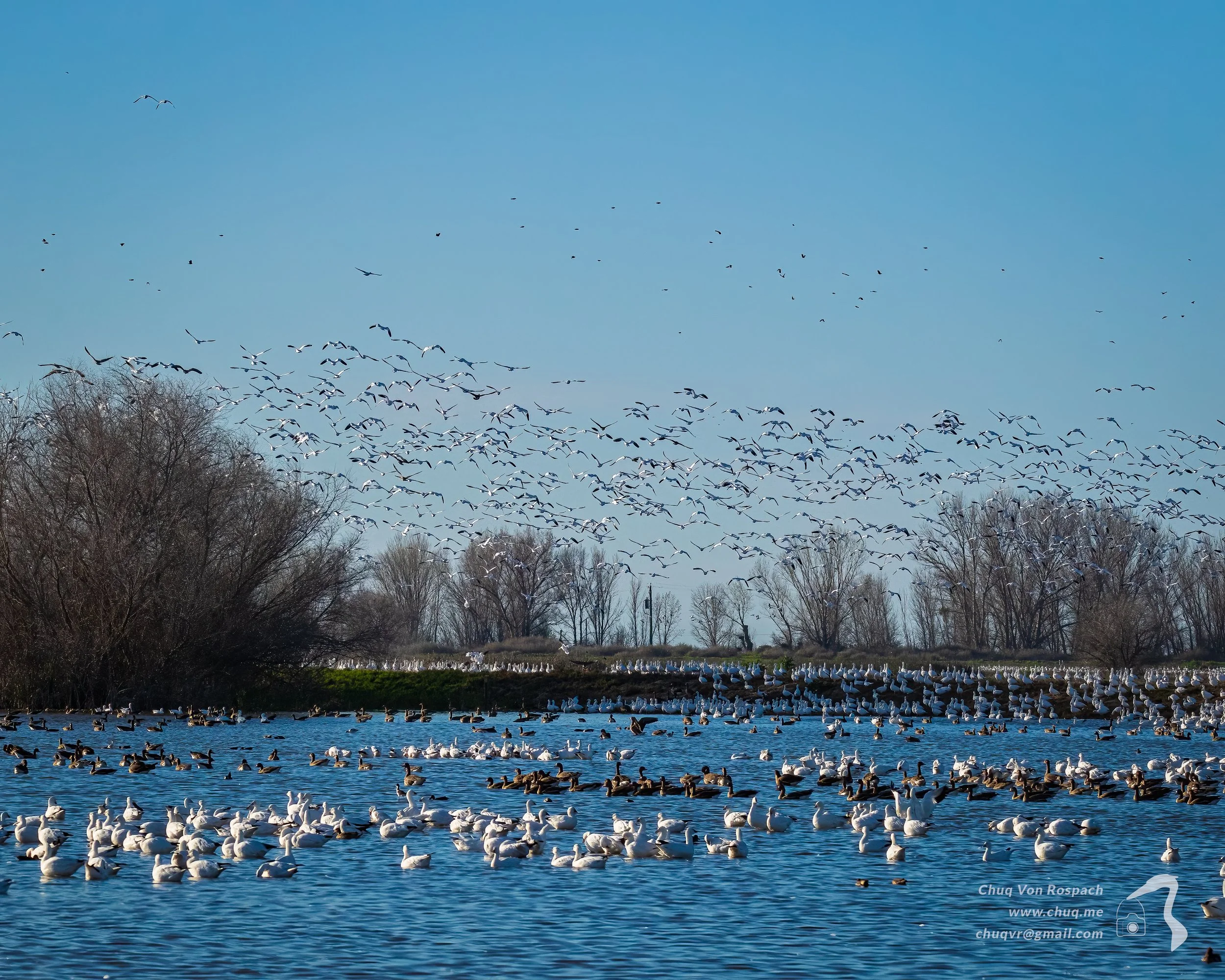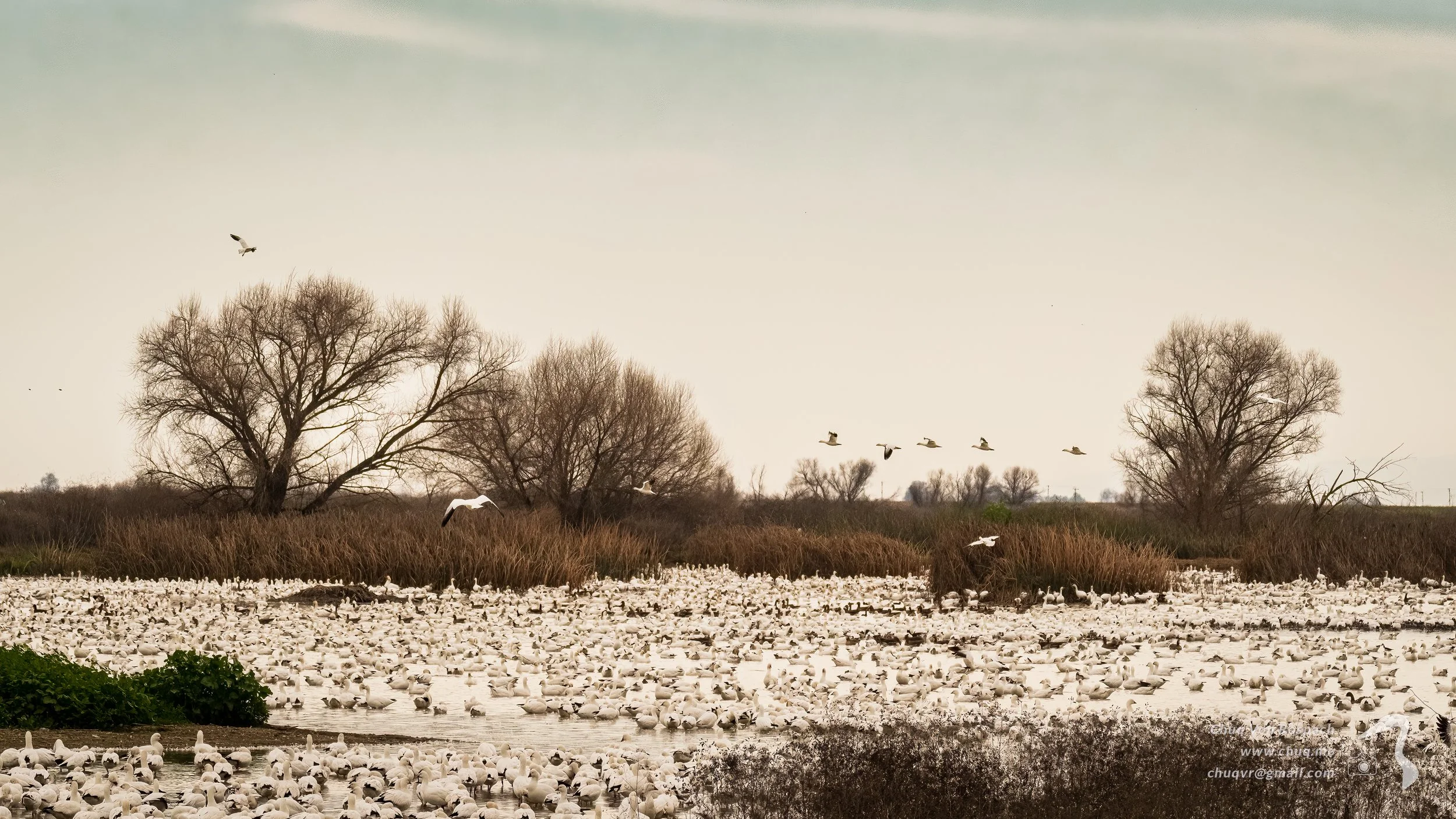An ebook by Chuq Von Rospach
Merced National Wildlife Refuge
Photos and Text by Chuq Von Rospach
www.chuq.me • chuqvr@gmail.com • @chuq
Download the ebook as a PDF!
Subscribe to 6fps for updates on future ebooks
Copyright © 2022 by Chuq Von Rospach.
All Rights Reserved.
Welcome!
I made my first trip to Merced National Wildlife Refuge in the spring of 2007 as part of a group from Santa Clara Valley Audubon. I fell in love with the place, full of birds and activity,
I spent many hours at the refuge, studying and photographing the birds and the place itself, an oasis of safety for birds and other creatures in an increasingly urbanized and artificial world.
I spent 15 years visiting it and other California Central Valley refuges in winter when the visiting migrants were there, only stopping when I myself migrated to Washington.
Through this book I am happy to be able to share a bit of this place with you.
What is a National Wildlife Refuge?
Wildlife Refuges are not natural or wild; they are carefully created spaces intended to simulate and replace the kind of bird habitat that existed prior to humans draining, farming and developing so much of the landscape.
The ponds are artificial, the meadows mown and given to pasture by cows and sheep to keep them open, and the water is imported, which is a growing problem as the droughts faced by California deepen. Those droughts have impacted places like Merced heavily already, killing many of the ancient oaks and limiting the facilities' ability to create water spaces for the wintering birds that require them.
And yet every winter the birds come in the thousands, with millions flying south to the various refuges along the Pacific Flyway, and find safe havens to rest and feed until it is time for them to return north to breed.
Merced National Wildlife Refuge
At right is a photo I took on that first visit to Merced National Wildlife Refuge (NWR). A Peregrine Falcon attacked a flock of shorebirds, which flew off in a panic, causing a huge flock of Snow and Ross's Geese to join them. The sound of 30,000 birds taking flight at once is amazing, almost visceral and felt instead of heard, and we sat and watched in awe as they screamed and circled, eventually settling back down into the ponds again after a few minutes.
It made me fall in love with the place and its birds, and that's why these refuges became a central focus of my birding and photography interests.
Sandhill Cranes
During the winter stay, the unattached cranes will find their mate and pair off. Sandhill Cranes usually mate for the life of the pair, only changing partners if a bird loses its partner.
To attract a mate, the male crane will stand in front of female cranes that interest him, and he will -- dance. He will flap his wings, jump into the air, strut around and generally prance and cavort for her.
If she is impressed, they will head off together and start the process of bonding as a pair. If not.. he'll have to try again with another.
The star of the show at many Central Valley Refuges, including Merced, is the Sandhill Crane. In Merced, flocks of thousands can be seen when the birds come in at the end of the day to gather and roost for sleep in the ponds and pastures.
These are large and graceful birds the gather in flocks during the winter. They have a very complex set of sounds they make, and those sounds can be heard at a great distance, which researchers think allow birds to communicate while in flight and even identify specific individuals by their specific sounds.
Geese
While I love the Sandhill Cranes and they fascinate me in many ways, I ended up loving the Geese even more.
Merced hosts a number of species of Geese, including Cackling and Greater White-Fronted, but the biggest flocks are the white Geese, Snow and Ross's. Where Snow Geese are typically the most common at most refuges, at Merced, Ross's Geese are usually the biggest flocks.
The Ross's Geese are smaller, with a less pronounced beak without the obvious "grin" of the Snow goose. The two species will roost together, often in flocks of up to 30-40,000 birds in Merced.
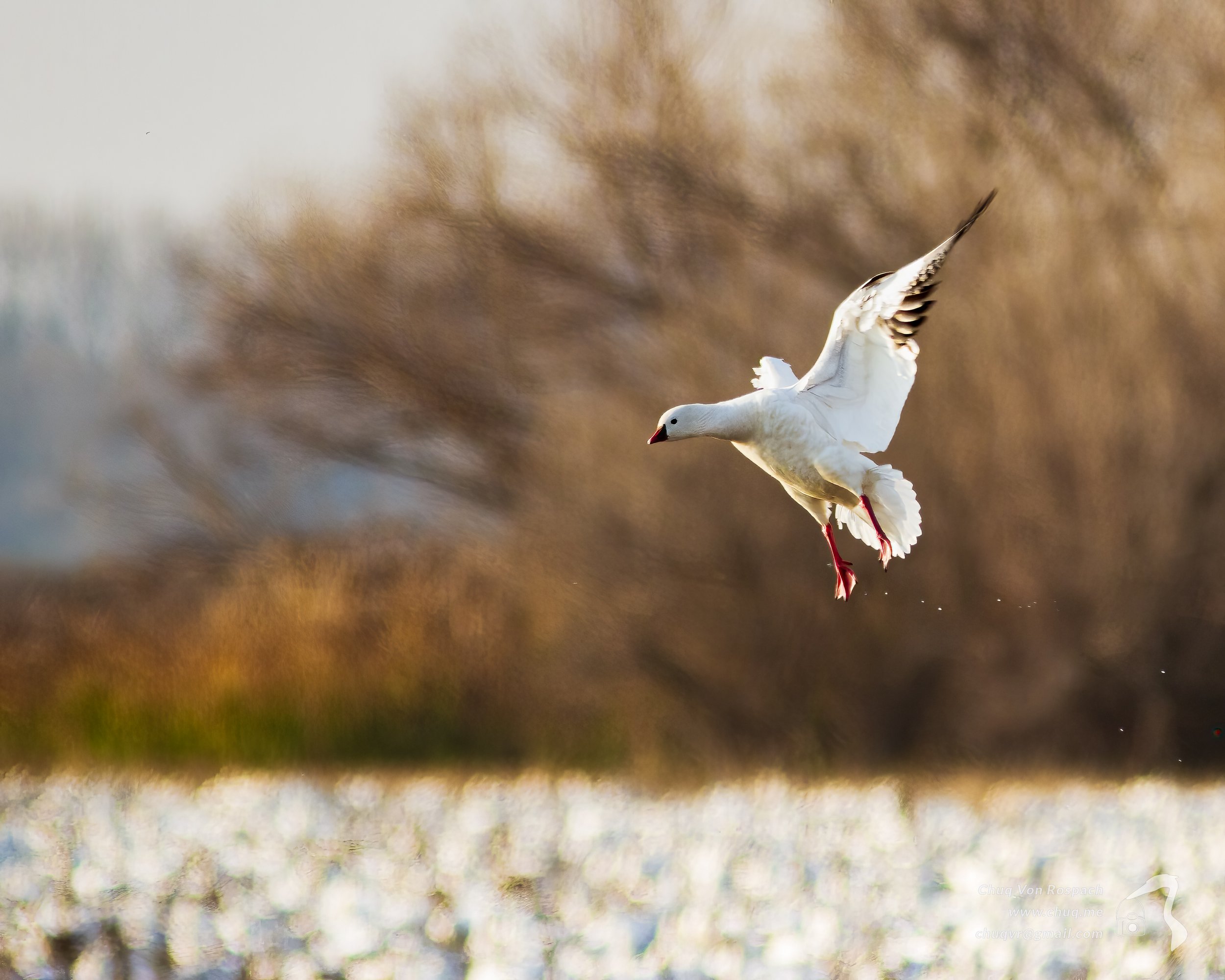

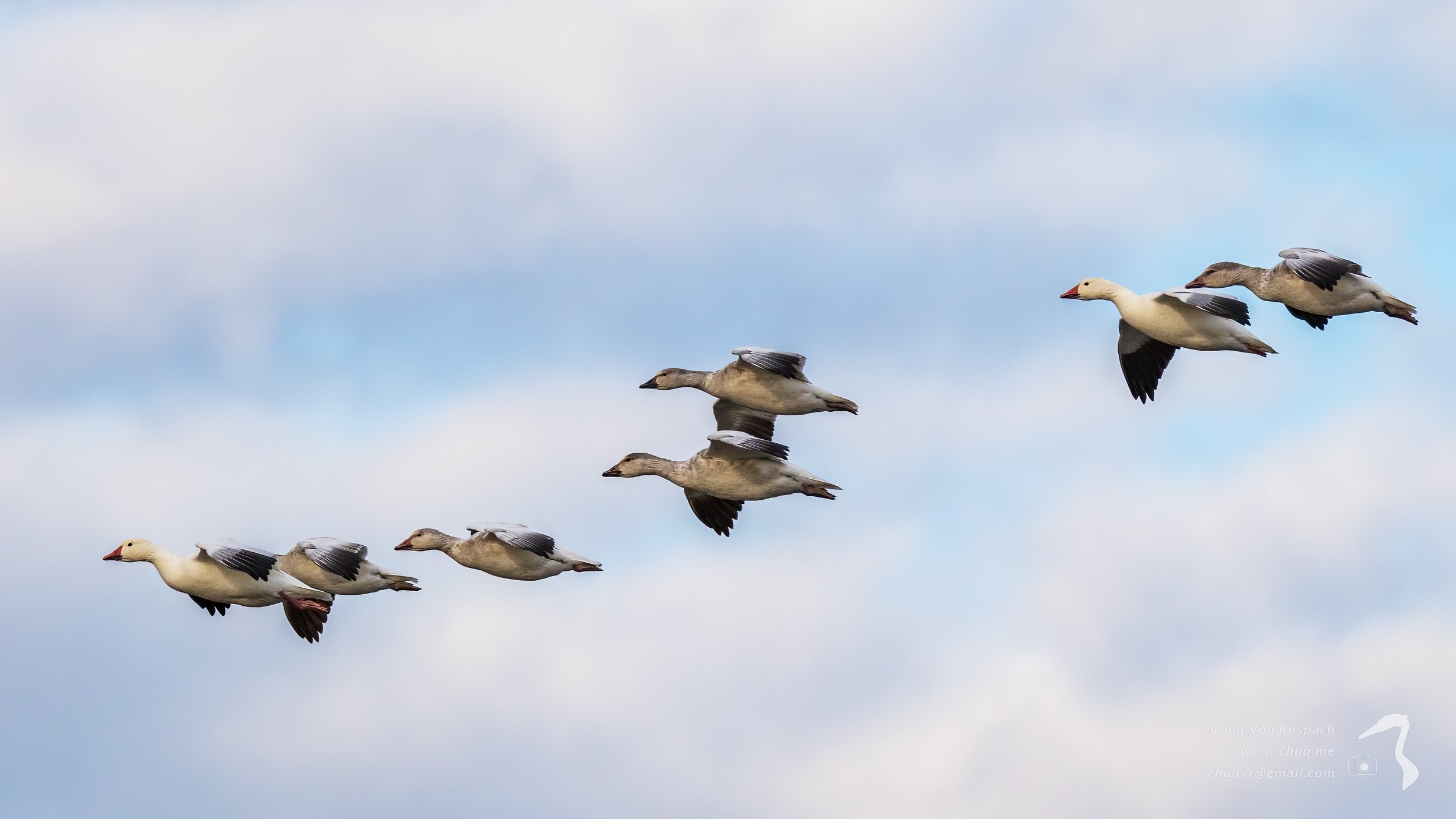
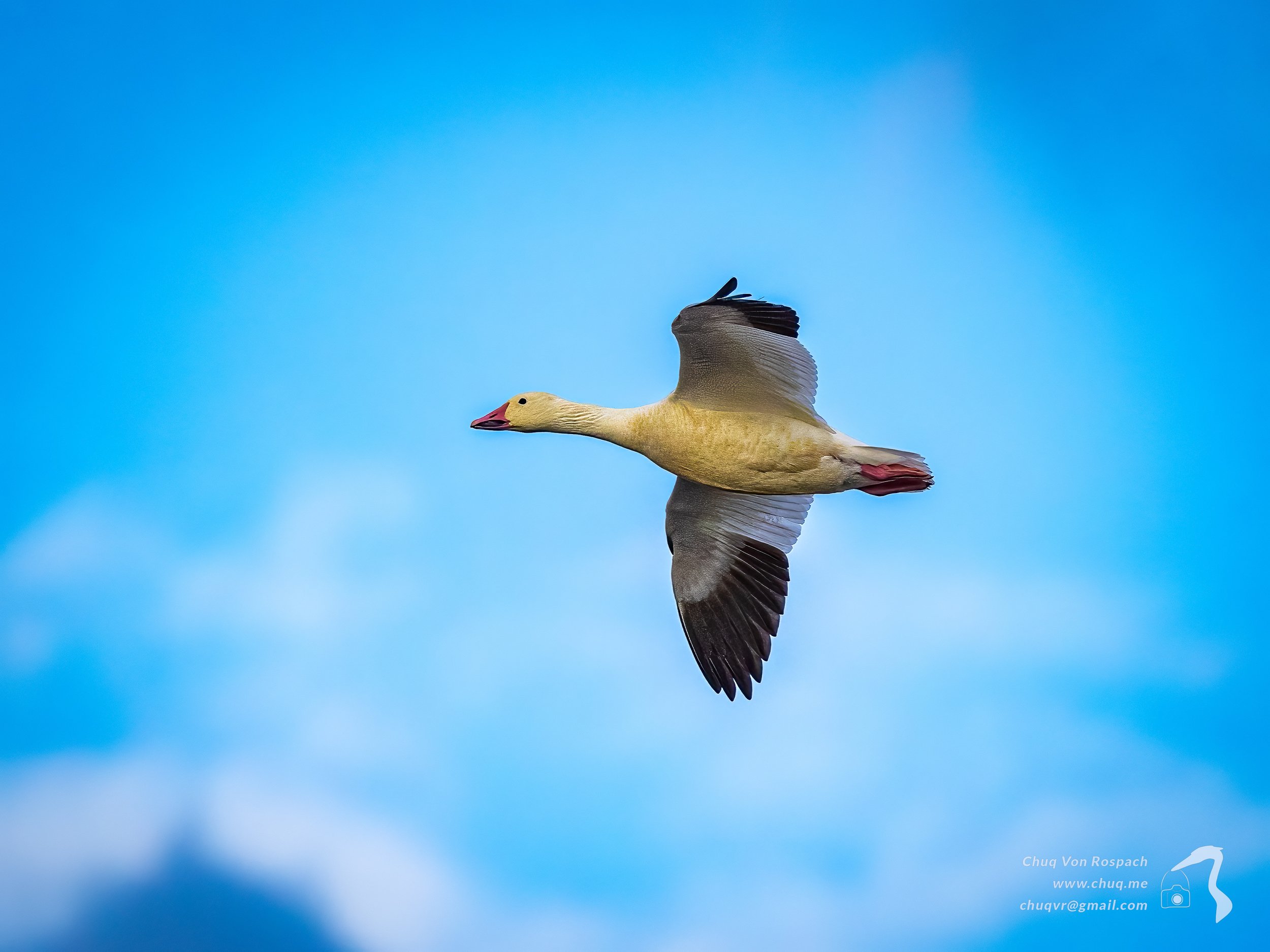
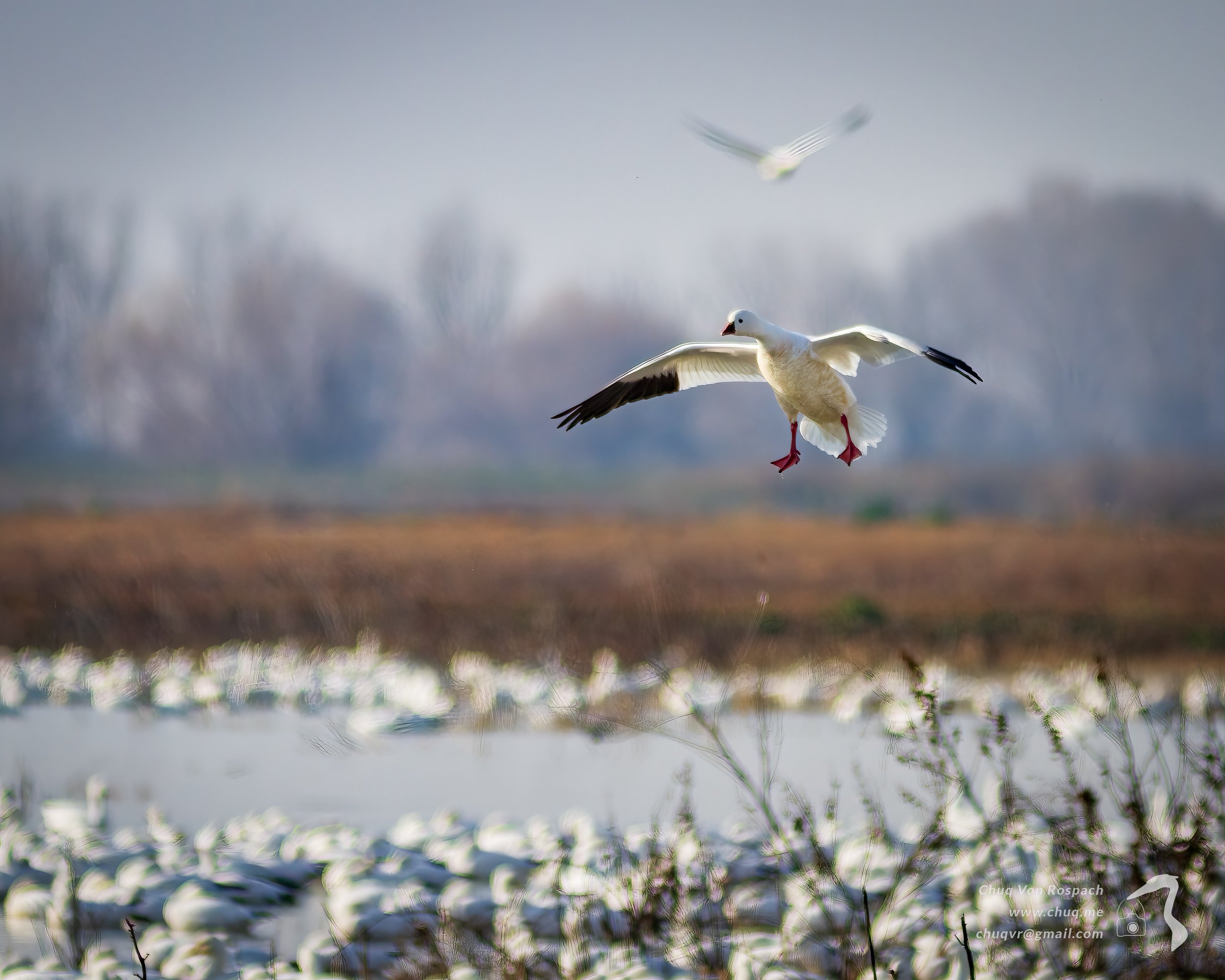
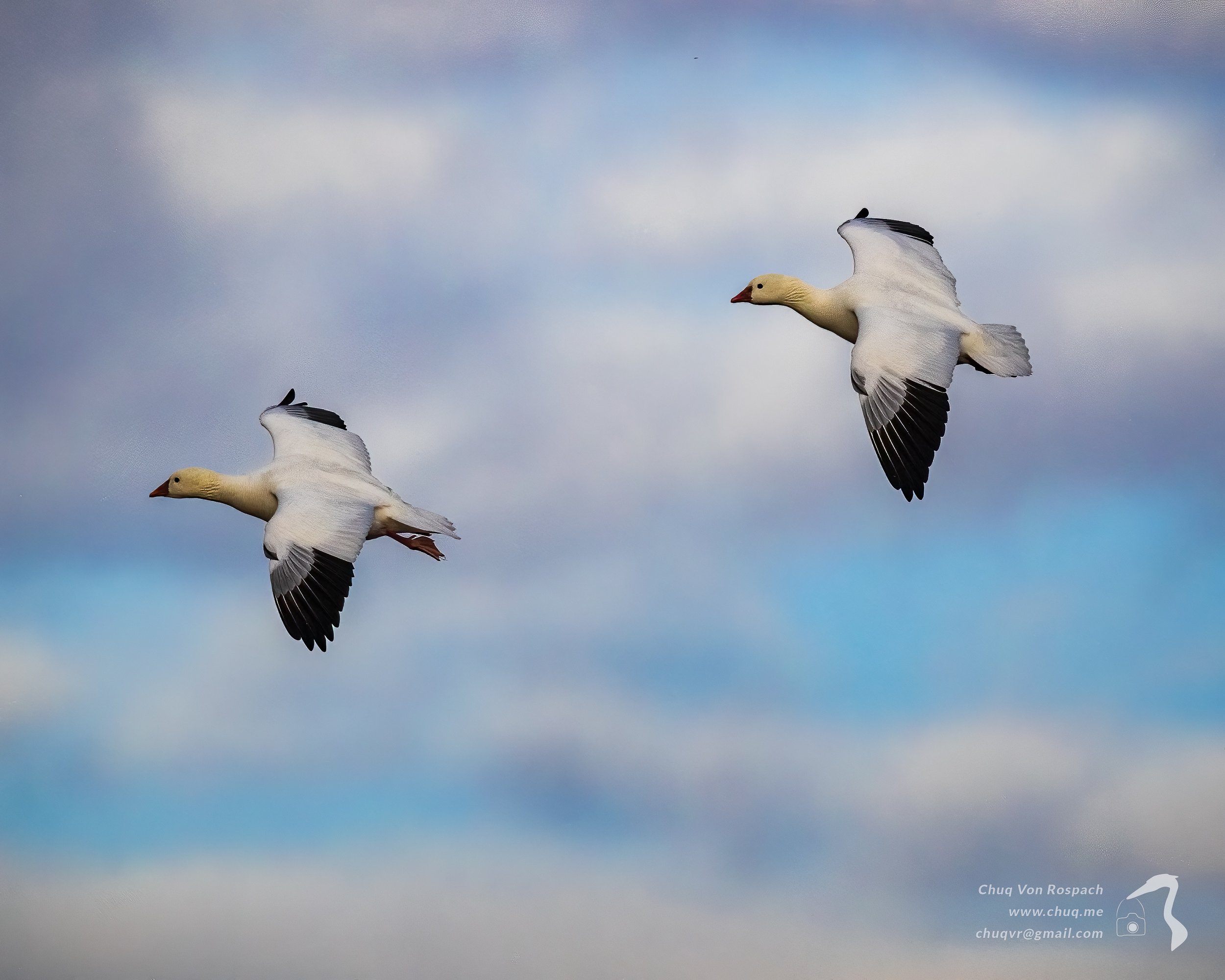

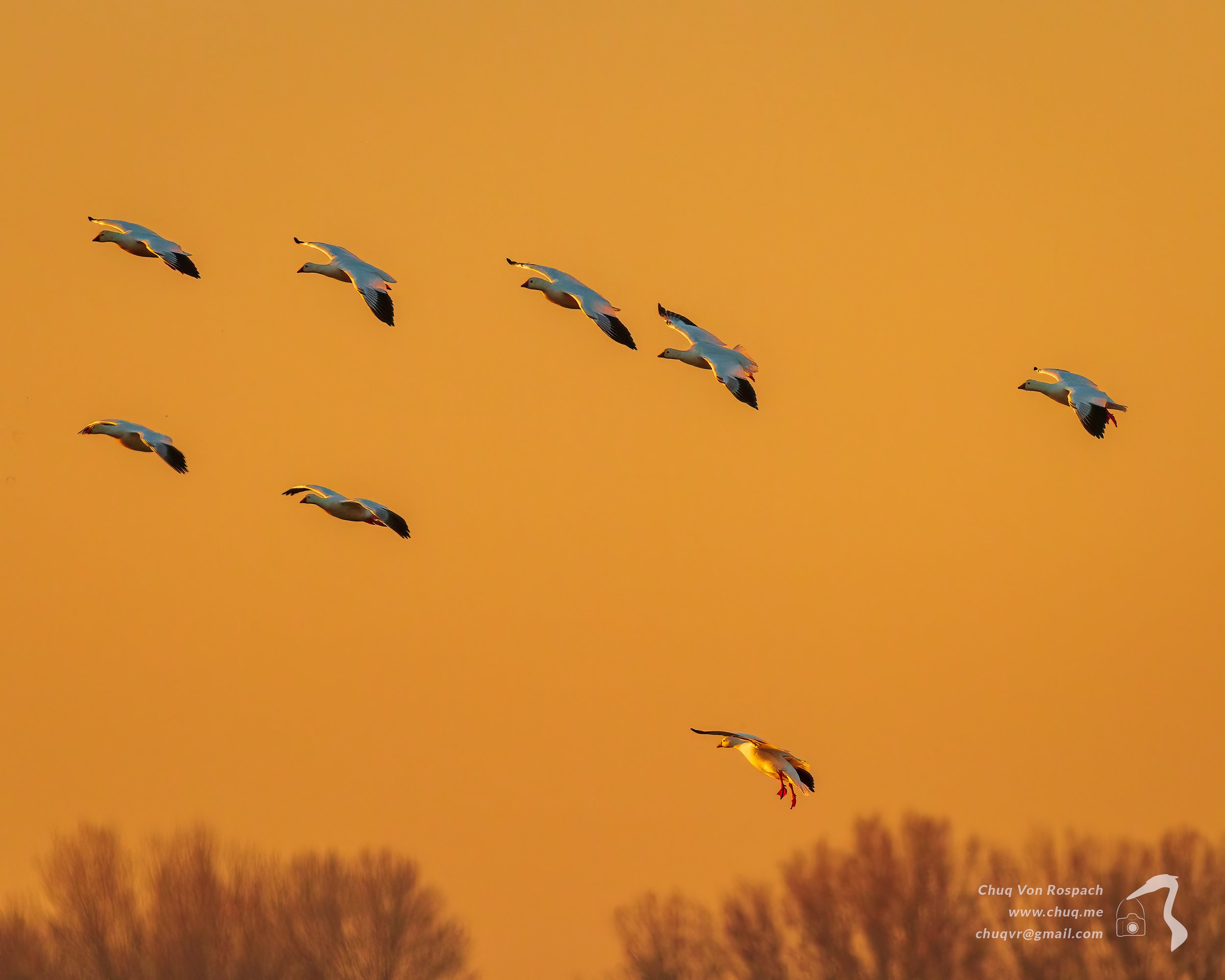
Other Birds
Merced NWR is a host to many birds beyond the Geese and Cranes. Well over 200 have been reported over the years, and I've seen 131 of those across my visits. It is a haven for Ducks, Shorebirds, Warblers, Raptors and many others.
Here are a few of my favorite images showing the diversity of life at Merced
Western Meadowlark
Marsh Wren
White-faced Ibis
White-faced Ibis
White-faced Ibis
White-faced Ibis
Red-tailed Hawk on a kill
Red-shouldered Hawk
Wilson's Snipe
Northern Harrier
Wilson's Warbler
American Bittern
Long-Billed Curlew
Black-necked Stilt
Lesser Yellowlegs
Yellow-Rumped Warbler
Killdeer
White-crested Sparrow
Savannah Sparrow
Sora and Virginia Rail
Wildlife
While this book is looking at the birds you can see at Merced, the refuge is also a safe space for many other species. Over time at Merced, I've seen many coyote and deer as well as raccoons and once time, a bobcat.
And bunnies. Many bunnies. And I wanted to tell a quick story about this one. I ran into it in 2010, and as you can see, it's got the fur missing from its muzzle -- perhaps it ran into something caustic? But otherwise it's clearly healthy.
And what I love about this bunny is I saw it again, five years later, looking a bit middle aged, but still alive, still in good health, and still missing that distinctive fur on the face.
And that made me smile to recognize it as a survivor.
The Landscape
Merced NWR is a functional landscape. Nobody will ever mistake it for the majesty of a place like Yosemite, but as you spend time in it, you will find it has a quiet beauty all its own.
To close this book, I am going to offer a glimpse at the land itself, another reason to love and visit Merced National Wildlife Refuge.
Resources
Download my free ebooks (readers of this book may also enjoy 'And the Geese Exploded: A Life With Birds'
Subscribe to my Newsletter for updates on future books
Drop me an e-mail and let me know what you think of the book, and feel free to ask questions: chuqvr@gmail.com




